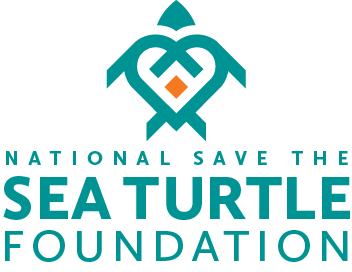Epibionts of Hawksbill Sea Turtles in Southeast Florida
Liberty Boyd, Contributing Author
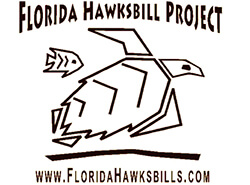
The Harriet L. Wilkes Honors College, located in the heart of the Abacoa community in Jupiter, Florida, is a growing liberal arts college with rigorous curricula and bountiful research opportunities for undergraduates. Every student attending this college is required to complete an honors undergraduate thesis on a topic of their choosing based on their major in order to graduate. When I began exploring my options for a thesis subject related to my marine biology major, I sought out a project involving one of my favorite marine organisms; sea turtles. Most of the sea turtle research conducted in South Florida involves studying the large population of turtles that crawl onto our beaches every year to nest, as well as the subsequent emergence of millions of baby sea turtle hatchlings. While this facet of the sea turtle life cycle is important to study, I was more interested in studying the typical day to day behaviors and ecology of sea turtles, which requires in-water research. In order to develop an in-water based sea turtle project, I partnered with Dr. Larry Wood of the Florida Hawksbill Project and the National Save The Sea Turtle Foundation, whose research focuses on hawksbill sea turtle population assessments and migration off the coast of Southeast Florida.
Many scientists who conduct in-water sea turtle research ask important questions about sea turtle behavior, ecology, and habitat use. However, my central question, while involving sea turtles, focuses rather on a less explored feature of these animals; the behaviors, ecology, and distribution of the organisms that live on their exterior, otherwise known as epibionts. The amount and variety of other organisms living on sea turtles varies based on the turtle species, their size, and location. In particular, the hawksbill sea turtle is known to host a wide array of epibionts on their exterior, including over 100 epibiont species from algae, sponges, corals, and crustaceans.
Due to the wide and diverse habitat range of hawksbills, the epibiont communities that live on their body differ depending on the home range of an individual turtle. Hawksbills found in the Indian Ocean will have very different epibionts than those found in the Caribbean or in the Pacific. Epibiont studies for hawksbills have been conducted in numerous places all over the world, but the epibionts of hawksbills off the Southeast coast of Florida have never been documented. That is where the work conducted by Dr. Wood and the Florida Hawksbill Project came into play.
Dr. Wood, who has been collecting data since 2004, allowed me to use his capture data and photographs to analyze the epibiont communities that were present on the captured sea turtles. With a sample size of 213 turtles, there were plenty of turtle pictures to look through and see what types of animals were colonizing. I limited my focus to the turtle carapace due to limitations from the photos themselves and to standardize the study. I also used data from the capture data sheets to gain information about the size of the turtle’s shell, which relates to the relative area that the epibionts could settle.
After looking at all the pictures, I was excited to find a variety of organisms living on the hawksbill carapaces including filamentous red and green algae, calcareous red algae, red sponge, Chelonibia spp. (sea turtle barnacles), and Millepora spp. (fire coral). I also noticed patterns in the distribution of these organisms on their shells. The red sponge was most commonly found tucked under the overlaps of the scutes near the tail end of the carapace. Fire coral, which was found on 20% of the turtles analyzed, also preferred to grow on the tail end of the shell, specifically on the pygal scutes. However, the sea turtle barnacles had different preferences and were found to settle more often near the top or middle of the shell.
The straight carapace length at maximum (SCLmax) was the measurement I used as my standard for determining turtle size, which can also be used as a proxy for the turtle’s relative age.
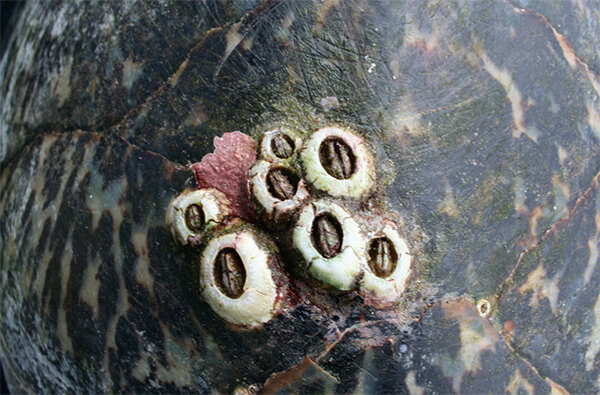
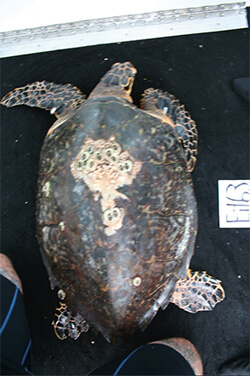
Along with some barnacles, this hawksbill turtle is hosting a colony of fire coral Millepora spp. (light area on the shell).
When comparing the SCLmax to the presence of organisms found on the carapace, I found that smallest, youngest turtles had little to no epibiont coverage. The first epibionts to settle were the filamentous red and green algae and the sea turtle barnacles. As the turtle grows larger and older, encrusting red algae begins to settle, followed by the fire coral. This suggests that these turtles are not exposed to areas that host these types of organisms until they move into deeper reef areas as they transition from juveniles to sub-adults. As the turtles grow, the increasing surface area of the turtle’s shell may also play a role in epibiont settlement because of the greater available space for them to land and settle.
One of the most interesting parts of the project was looking at the epibiont growth over time based off photographs
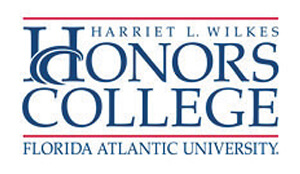
from turtles that were re-captured. I took a special interest in comparing the number of sea turtle barnacles between captures and found that the number of sea turtle barnacles on hawksbill carapaces increases over time. I also saw that the number of sea turtle barnacles compared to the size of the carapace tend to plateau as the turtle reaches maturity. I speculate that this is due to slower growth of the turtle shell, meaning there is less surface area for the barnacles to settle. I also think that this may be due to a reached carrying capacity for healthy barnacle coverage on the carapace.
Moving forward, I plan to continue researching this topic by doing more spatial analysis of epibiont growth on hawksbill carapaces to gain a better understanding of how these epibionts grow and settle. I hope that this work can be used in the future for sea turtle health assessments, hawksbill identification, and to further identify and study hawksbill epibionts in this area.
Helping Sea Turtles Survive for 38 Years
A NON-PROFIT ORGANIZATION
State of Florida Registration Number CH-2841 | Internal Revenue Code 501 (c) (3)
Web Design & Development by Web Expressions, LLC
